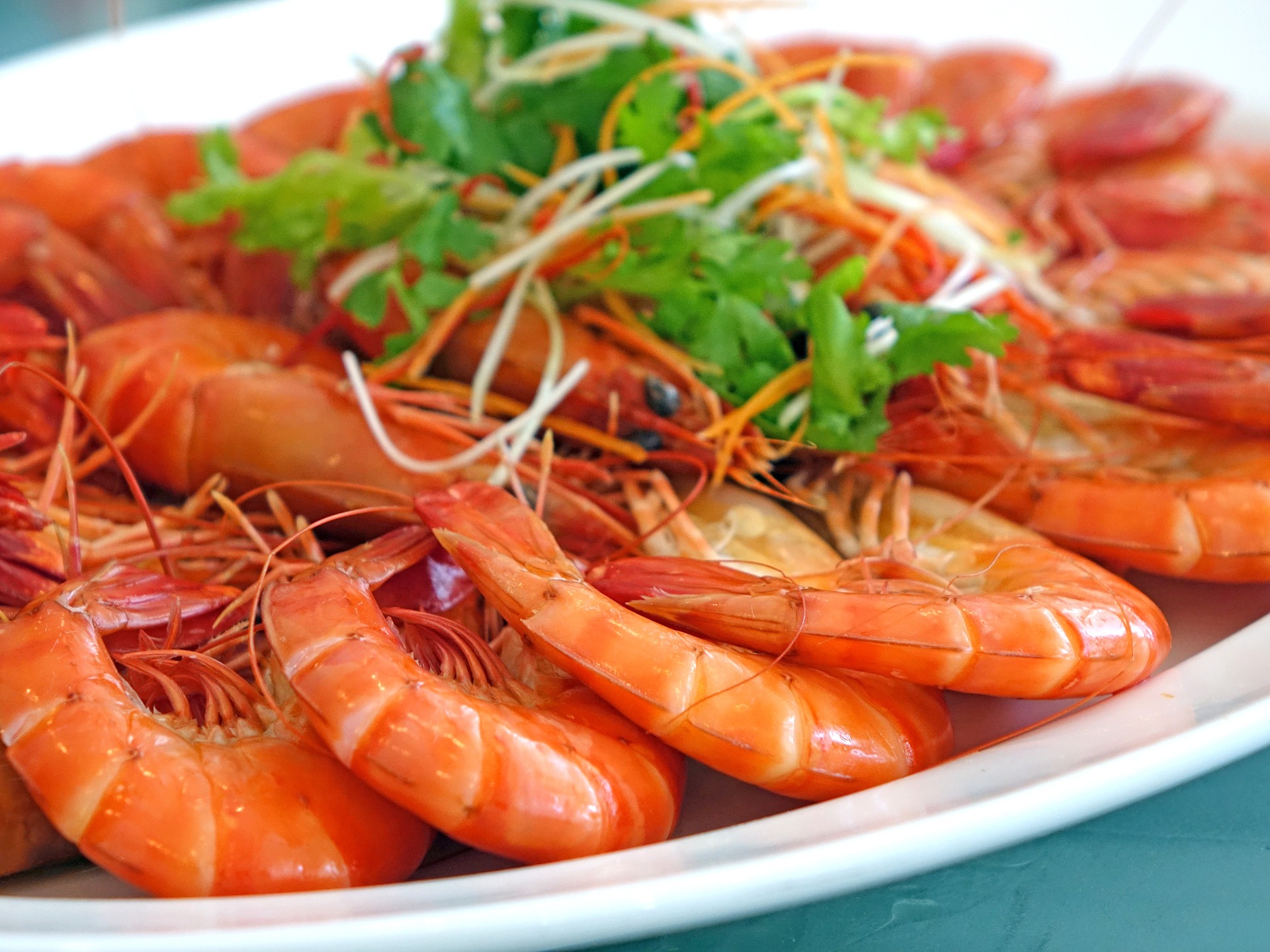
Hello!
We are developing a new shrimp product using vacuum microwave drying. The shrimp is top quality consumer grade shell-on. Nothing special about sulphites or phosphates - everything is below the norm. Cold chain is unbroken. We receive IQF freezed product of 82% moisture. Defrost it in small batches for no more than 10 minutes under microwave, mix it with 1% salt and 1% apple cider vinegar and then use microwave-drying (maximum 80 degrees of heating temp) to bring it to around 20% moisture. All the process is fast, without overexposure to light, oxigen or something else. We work in clean environment, treated with ozone every night.
The problem is that end-product develops strong ammonium smell. Can’t figure out why…
